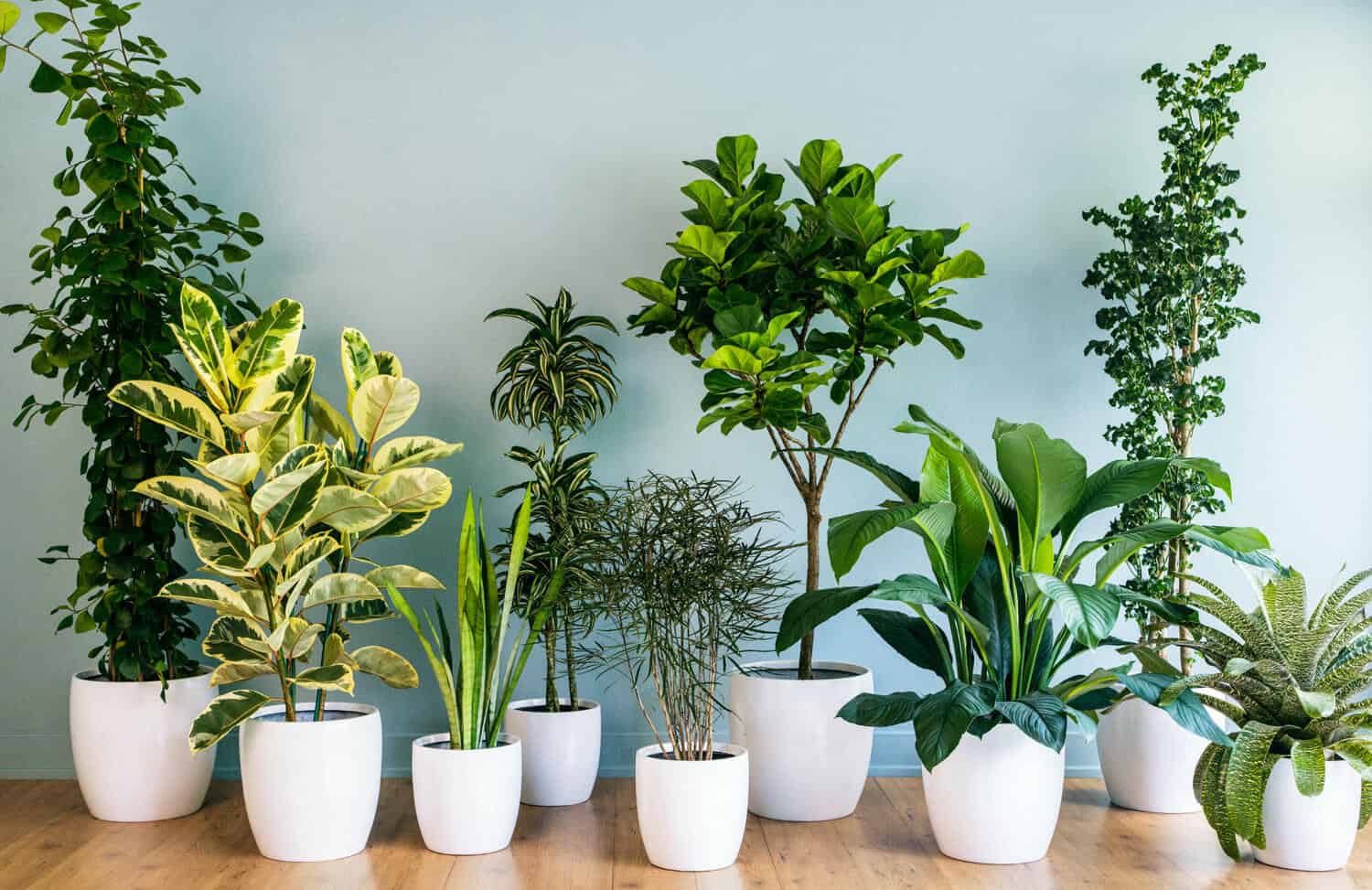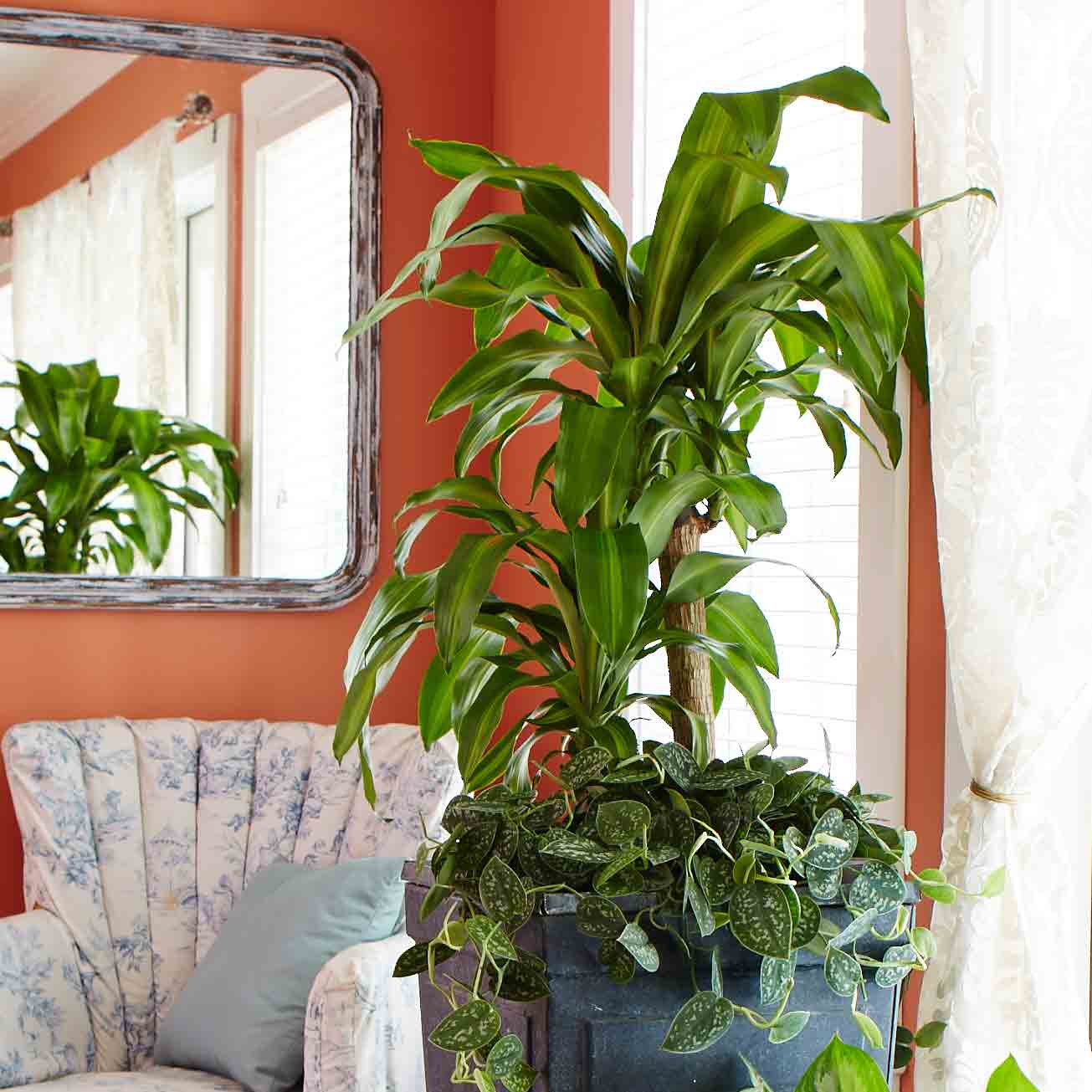Create a Lush Indoor Oasis with the Best Low-Light Indoor Plants
Create a Lush Indoor Oasis with the Best Low-Light Indoor Plants
Blog Article
Transform Your Home With Beautiful Low-Light Indoor Plants and Their Benefits
Incorporating low-light indoor plants right into your home can considerably boost both the visual and ecological top quality of your living spaces. These plants, which thrive in dark conditions, serve not only as ornamental aspects but also as all-natural air cleansers, making them suitable for urban dwellers or those with minimal sunshine direct exposure. As we check out the various kinds of low-light plants and their benefits, you might discover surprising methods to integrate them right into your home that can transform your surroundings in means you could not have anticipated.
Benefits of Low-Light Plants
Low-light plants provide many advantages for indoor atmospheres, making them an outstanding selection for both newbie and knowledgeable garden enthusiasts. Among the primary benefits is their versatility to low-light problems, allowing individuals to improve their home without the need for considerable sunlight exposure. This characteristic makes them ideal for apartments, workplaces, and other locations with minimal all-natural light.
:max_bytes(150000):strip_icc()/lowlightplants01-e6ce112597f74b538fc83e28a39bf23b.jpg)
Moreover, including low-light plants right into home decoration can boost the visual charm of an area. Their lush foliage and varied textures develop a relaxing environment, adding to total health. The presence of greenery has been connected to minimized stress levels and enhanced performance, making low-light plants a functional choice for improving both physical and psychological health and wellness in indoor setups.
Leading Low-Light Indoor Plants
While many interior plants grow in brilliant light, several types are specifically fit for low-light conditions, making them suitable for various indoor spaces. One prominent option is the Snake Plant (Sansevieria), understood for its striking upright leaves and durability, requiring minimal care. Another excellent option is the Pothos (Epipremnum aureum), which features heart-shaped leaves and can route beautifully from wall mounts or shelves, thriving in reduced light and adding a lush touch.
The ZZ Plant (Zamioculcas zamiifolia) is celebrated for its glossy leaves and ability to withstand overlook, making it perfect for active way of livings. In a similar way, the Peace Lily (Spathiphyllum) not just endures reduced light however also generates sensational white flowers, boosting any type of room's aesthetic.
For a special touch, consider the Cast Iron Plant (Aspidistra elatior), which without a doubt meets its name, thriving in the darkest corners of your home. The Chinese Evergreen (Aglaonema) offers a selection of leaf patterns and shades while being remarkably flexible in low-light conditions. These plants not only enhance interior environments but additionally add to air filtration, enhancing your home.
Treatment Tips for Low-Light Plants

Sprinkling practices are critical; these plants often choose a little dry problems. Overwatering can cause root rot, so make certain that the leading inch of soil is completely dry before sprinkling again. Use pots with drain openings to permit excess dampness to leave.
Humidity is an additional important aspect. Several low-light plants, such as brushes and peace lilies, gain from greater humidity degrees. To increase humidity, take into consideration misting the fallen leaves or putting a tray of water near the plants.
Fertilizing should be approached with caution. Throughout the expanding season, use a weakened, balanced fluid fertilizer each month to sustain growth, yet stay clear of fertilizing throughout the inactive winter months.

Imaginative Ways to Show Plants
Interior plants can function as exciting prime focus in any kind of area, improving both aesthetic charm and ambiance. Creative displays can elevate the aesthetic effect of low-light plants, making them an integral part of your home design. One reliable technique is to make use of tiered plant stands, which allow you to showcase several plants at differing elevations while optimizing floor area.
Hanging planters are an additional cutting-edge option, creating a sense of deepness and attracting the eye up. Take into consideration macramé wall mounts or wall-mounted racks to introduce an unique texture and style.
For a much more structured method, use geometric terrariums or glass containers to house your plants, adding a that site modern-day touch to your indoor garden. You can likewise repurpose vintage items, such as teacups or wooden cages, for a diverse display screen that mirrors your individuality.
Enhancing Home Atmosphere With Plants
Incorporating low-light plants into your home not only improves visual allure but additionally contributes significantly to the general atmosphere. These plants serve as all-natural design components, presenting a sense of tranquility that can transform any type of room. The visibility of greenery promotes a calming ambience, which is particularly valuable in high-stress environments such as office or living rooms.
Low-light plants, such as serpent plants, pothos, and ZZ plants, are not just aesthetically pleasing however additionally enhance interior air top quality by filtering contaminants. This dual function enhances the ambiance better, creating a much healthier living room (Best low-light indoor plants). The tactical positioning of these plants can also affect the understanding of area; for example, tall plants can attract the eye up, making ceilings appear greater and spaces much more large
Moreover, differing textures and colors of foliage add deepness to interior layout, permitting innovative expression in home designing. Whether positioned on racks, in edges, or as centerpieces, low-light plants can boost the mood of any kind of space. In recap, incorporating these plants into your home is an effective method to promote a cozy, inviting ambience while profiting of improved air high quality and aesthetic adaptability.
Conclusion
Including low-light interior plants right into home environments provides countless benefits, including improved visual charm and improved air quality. These resilient plants, such as the Serpent Plant and Peace Lily, require very little light and upkeep, making them ideal for diverse lifestyles.
While numerous interior plants thrive in bright light, several types are specifically well-suited for low-light conditions, making them excellent for numerous indoor spaces. One efficient approach is to make use of tiered plant stands, which allow you to showcase several plants at varying heights while making the most of floor space.
Low-light plants, such as serpent plants, a knockout post pothos, and ZZ her response plants, are not only cosmetically pleasing yet also enhance interior air top quality by filtering system contaminants. Best low-light indoor plants. The strategic positioning of these plants can also influence the perception of area; for circumstances, high plants can draw the eye upwards, making ceilings show up greater and spaces much more roomy
These durable plants, such as the Serpent Plant and Tranquility Lily, require very little light and upkeep, making them ideal for diverse lifestyles.
Report this page